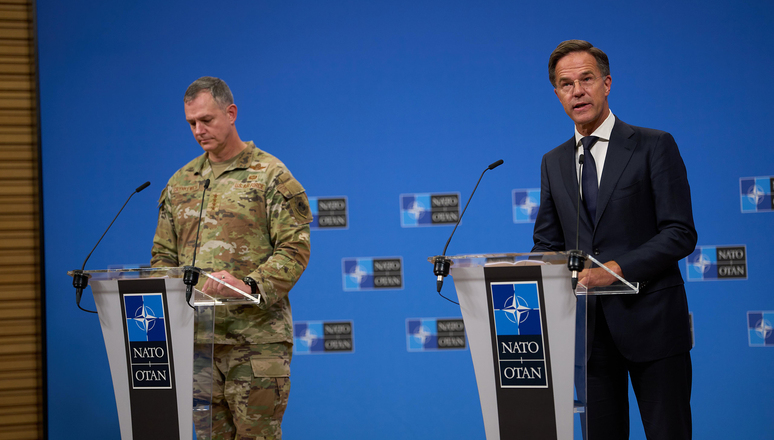Well, things certainly haven’t calmed down after a barrage of Russian drones flew deep into Polish airspace last week. Over the weekend, Romania became the second NATO member to ring the alarm bells and scramble jets after a Russian drone was detected and intercepted near the border with Ukraine.
Romania’s defense minister called the incursion “reckless behaviour” but, tbh, sending drones into two NATO countries in 3 days looks a whole lot more calculated than reckless.
Drone domination: Cheap one-way attack drones like the Geran-2, a Russian variant of the Iranian Shahed-136 drone, that flew into Romania, have become a defining feature of the war in Ukraine. Hundreds of drones are sent across per assault to oversaturate air defenses, and it’s become increasingly difficult to effectively intercept them (or stop them from not-so-accidentally crossing into NATO territory).
- Russia hadn’t sent more than 1,000 drones into Ukraine in a single month until last September. That’s ramped up dramatically.
- This year, Russia has sent more than 34,000 drones into Ukraine, almost nine times the number from this time last year, according to a New York Times dataset.
- In July, this year’s peak, Russia sent a whopping 6,300 attack drones into Ukraine, up from 426 in July 2024.
The number of low-sophistication drones and decoys in the air increases the risk of mistakes and mishaps in NATO territory, but that ambiguity of intent is also a very handy way of testing NATO’s resolve (so far, not great) and air defense capabilities (even worse). Each drone crossing into NATO territory moves the goalposts for a real response, and drones had already crossed over into Latvia, Lithuania, and other states long before the most recent incursions.
Last week, Polish and Dutch jets shot down at least three of the 19 drones that flew deep into Polish airspace, an interception rate and cost imbalance that plays in Moscow’s favor. (The air-to-air missiles used by the NATO jets cost hundreds of thousands of dollars each, compared to the $50,000 or less per drone.) The drones were unarmed, but if it was a test of NATO’s air defense capabilities, the results are looking pretty good for Russia.
Eastern Sentry: On Friday, NATO responded (kind of). The alliance beefed up its aerial defenses on the eastern front with the deployment of “a range of Allied assets,” including “elements designed to address challenges associated with drones,” according to a NATO statement. That includes:
- Military equipment from France, the UK, Germany, Denmark, and other members, including a Danish anti-air warfare frigate.
- Air support in the operation features two Danish F-16s, four German Eurofighters, and three French Rafale jets.
- Notably, no additional US military assets were revealed by NATO officials or Gen. Grynkewich, which tracks with the whole “Europe should defend itself” position of the administration.
However, during the announcement of “Eastern Sentry,” Supreme Allied Commander Europe (SACEUR) Gen. Alexus Grynkewich said, “Poland and citizens from across the Alliance should be assured by our rapid response earlier this week to defend every inch of its territory.”
Given that deterrence lasted exactly one day, don’t be surprised if Romania isn’t the last country to find a Russian drone meandering through NATO airspace.

